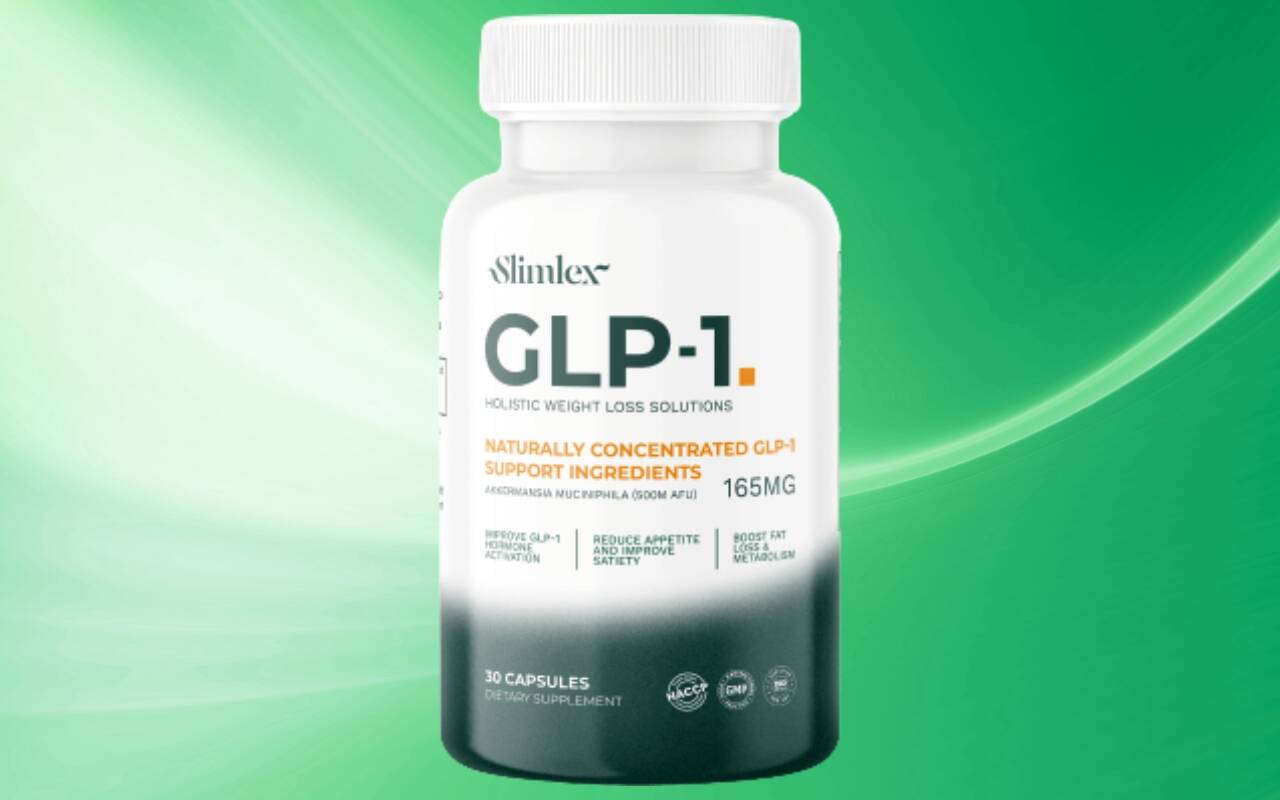Introduction
In recent years, the landscape of weight management has been significantly transformed by the advent of GLP-1 (glucagon-like peptide-1) receptor agonists. Among these, medications like semaglutide have garnered attention for their efficacy in promoting weight loss. This article delves into the mechanisms, benefits, side effects, and considerations associated with GLP-1-based treatments, particularly focusing on their role in weight management.
Understanding GLP-1 and Its Role in Weight Loss
As of now, there is no widely recognized medication or product named Slimlex GLP-1 in the medical or pharmaceutical community. It's possible that you might be referring to a specific brand or formulation of GLP-1 receptor agonists, which are medications used for weight management and the treatment of type 2 diabetes:
Appetite Suppression: GLP-1 receptor agonists act on the brain's appetite centers, reducing hunger and promoting satiety.
Slowed Gastric Emptying: These medications delay the rate at which the stomach empties, contributing to prolonged feelings of fullness.
Enhanced Insulin Secretion: They stimulate insulin release in response to meals, aiding in better blood sugar control.
Reduced Glucagon Secretion: By inhibiting glucagon, they prevent the liver from producing excess glucose, further stabilizing blood sugar levels.
Clinical Evidence Supporting GLP-1 Medications
Extensive clinical trials have demonstrated the effectiveness of GLP-1 receptor agonists in facilitating weight loss:
Semaglutide (Wegovy): In a 68-week trial, participants administered 2.4 mg of weekly semaglutide achieved an average weight loss of 14.9% of their initial body weight, significantly outperforming placebo groups .
Liraglutide (Saxenda): Studies have shown that liraglutide can lead to a weight reduction of approximately 5-10% over a year, with some individuals experiencing even greater losses .
These outcomes underscore the potential of GLP-1 medications as effective tools in weight management strategies.

How to Use GLP-1 Injections for Weight Loss (General Instructions)
1. Start with the Prescribed Dosage
Your doctor will usually begin with a low starting dose to minimize side effects like nausea.
The dose may be gradually increased every few weeks.
2. Injection Instructions
Frequency: Once daily (liraglutide) or once weekly (semaglutide and some others).
Method:
Use a pre-filled injection pen.
Inject into the abdomen, thigh, or upper arm (subcutaneous fat).
Rotate injection sites to avoid irritation.
3. Time of Day
Take the medication at the same time every day or week, depending on your prescription.
It can be taken with or without food.
Benefits Beyond Weight Loss
The advantages of GLP-1 receptor agonists extend beyond mere weight reduction:
Improved Cardiometabolic Health: Users often experience reductions in blood pressure, cholesterol levels, and markers of inflammation.
Enhanced Insulin Sensitivity: These medications can improve insulin resistance, particularly beneficial for individuals with type 2 diabetes.
Reduced Risk of Obesity-Related Comorbidities: By facilitating weight loss, GLP-1 medications can lower the risk of conditions such as heart disease and certain cancers .
Key Ingredients in GLP-1 Medications
Common GLP-1 receptor agonists include:
Semaglutide: Sold under brand names like Ozempic and Wegovy, semaglutide is a synthetic GLP-1 analog used for managing type 2 diabetes and promoting weight loss.
Liraglutide: Available as Saxenda for weight loss and Victoza for diabetes management, liraglutide also mimics GLP-1 to regulate blood sugar and appetite.
These medications typically contain the active GLP-1 analog and may include excipients such as:
Water for injection
Phosphate buffer
Sodium chloride
Polysorbate 20
These excipients help stabilize the active ingredient and facilitate its delivery into the body.
Considerations and Lifestyle Integration
For optimal results, GLP-1 receptor agonists should be integrated into a comprehensive weight management plan:
Dietary Modifications: Adopting a balanced, nutrient-rich diet enhances the effectiveness of these medications.
Regular Physical Activity: Engaging in consistent exercise supports weight loss and overall health.
Behavioral Support: Counseling or support groups can provide motivation and address emotional eating patterns.
It's crucial to approach weight loss as a multifaceted endeavor, with medication serving as one component of a broader strategy.

Conclusion
GLP-1 receptor agonists represent a significant advancement in the field of weight management. With proven efficacy and a favorable safety profile, they offer a promising option for individuals struggling with obesity or overweight. However, their success hinges on appropriate medical guidance, lifestyle modifications, and ongoing monitoring. As research continues, these medications may become an integral part of personalized weight management approaches, helping individuals achieve and maintain healthier weights.






